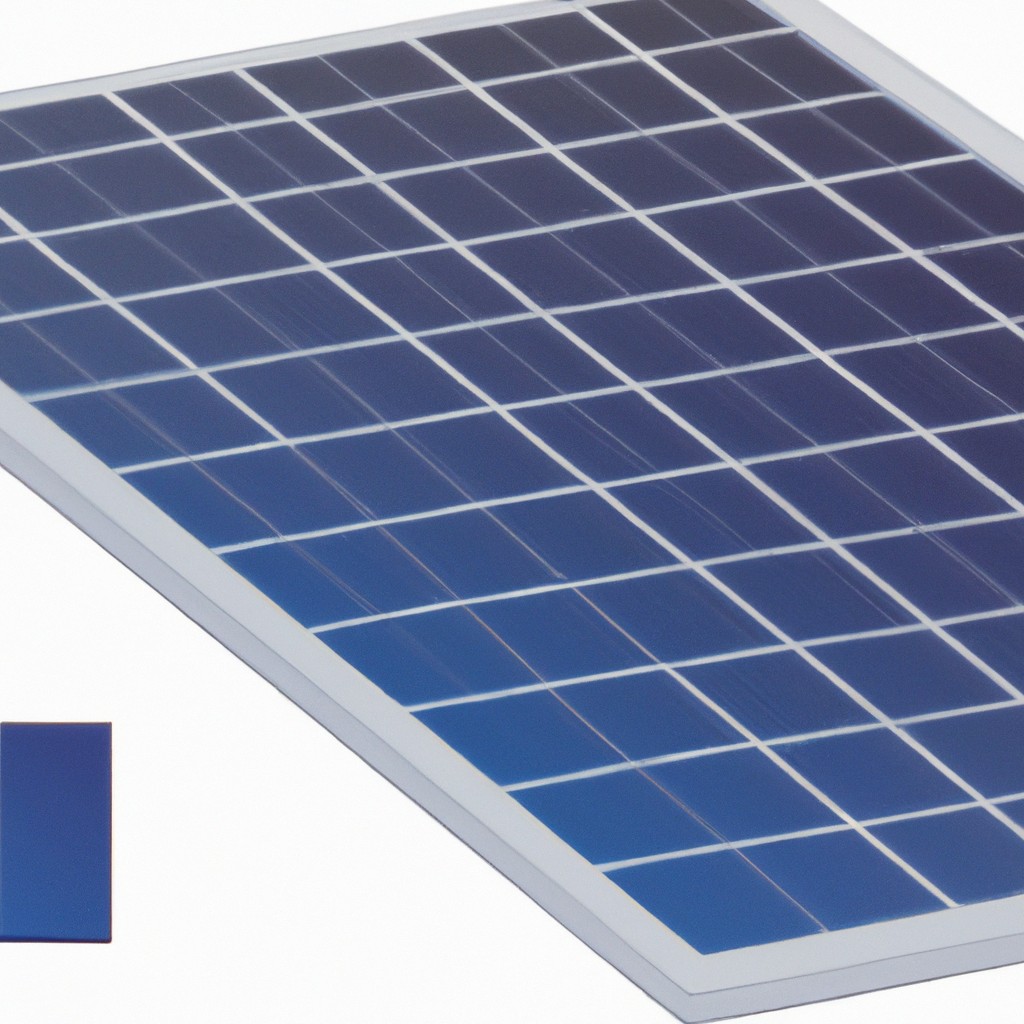Community solar provides an accessible avenue for individuals and households to benefit from solar energy without installing panels on their property; this article details how it works, its benefits, and considerations for participation.
Key takeaways:
- Accessibility: Allows those without suitable roofs to benefit from solar energy.
- Cost Savings: Subscribers receive credits on electricity bills.
- Flexibility: No need to install or maintain equipment.
- Shared Benefits: Supports local economies and renewable energy goals.
- Scalability: Projects can be scaled to suit participants’ energy needs.
What Is Community Solar?

Community solar offers a collective approach to harnessing solar energy, allowing individuals and businesses to purchase or lease a portion of a larger, shared solar farm located offsite. Here are the key concepts:
- Accessibility: Enables those without suitable roofs for solar panels to benefit from solar energy.
- Cost Savings: Subscribers can receive credits on their electricity bills for the power generated by their share.
- Flexibility: Users can join a community solar project without having to install or maintain any equipment.
- Shared Benefits: Supports local economies and contributes to regional renewable energy goals.
- Scalability: Projects can be scaled to suit the number of participants and their energy needs.
Benefits of Community Solar
Community solar presents a host of advantages to participants and the broader community. It significantly reduces electricity costs for subscribers, who often save 10-15% on their energy bills without any upfront investment. Moreover, it expands access to solar power to those who might not have suitable rooftops or the financial capacity for individual solar panel systems, such as renters and low-income households.
Environmental impacts are also notable. By supporting local renewable energy production, community solar decreases reliance on fossil fuels, ultimately reducing greenhouse gas emissions and contributing to cleaner air and water.
Additionally, community solar projects can enhance local energy resilience. They often incorporate energy storage and provide backup power in the event of outages. Economic benefits also include job creation in the renewable energy sector, stimulated by each new project development.
In summary, community solar serves as an inclusive model for renewable energy adoption, delivering financial savings, environmental benefits, and bolstering local economies.
Community Solar Models Explained
Community solar projects operate under various models, allowing individuals and businesses to take advantage of solar energy without installing panels on their own property. The two primary structures are:
1. Ownership Model: In this approach, participants buy or lease a portion of a solar array. They receive credit on their electricity bills for their share of the power produced, akin to having solar panels on their own roof.
2. Subscription Model: Participants subscribe to a portion of the energy produced by a nearby solar farm. They benefit from a reduced rate on their utility bill for the energy generated by their subscription, which is often less volatile than traditional energy prices.
Both models offer flexibility, with subscriptions typically being more accessible to renters or those with unsuitable roofs for solar panels because there are no upfront costs or long-term commitments. As community solar continues to evolve, some projects may hybridize these models or offer innovative variations to cater to local needs and regulations.
Investment Opportunities in Community Solar
Investors have various avenues to support community solar projects while potentially reaping financial benefits. By purchasing or leasing a share of a solar garden, individuals can earn credits on their electricity bill for the power generated, akin to receiving dividends on an investment. Additionally, some programs offer the option to invest in the community solar project itself, where returns are based on the project’s overall performance and electricity sales.
Tax incentives also present a tangible opportunity for investors. Many regions offer tax credits for investing in renewable energy, which can offset income on tax returns. Furthermore, the value of the property hosting the community solar array may increase, an indirect benefit for landowners and investors.
It’s important to note that risk profiles vary with each project, requiring due diligence. Investors should evaluate the stability and reliability of the sponsoring entity, as well as the terms and duration of the power purchase agreement. Community solar projects can be a way to contribute to a sustainable future while also targeting financial gains, yet they require careful consideration like any investment decision.
Steps to Subscribe to a Community Solar Project
To subscribe to a community solar project, begin by researching local options to determine eligibility, as these programs may be limited to certain geographical areas or utilities.
Upon locating a project, scrutinize the terms carefully, paying attention to the subscription length, pricing structure, and expected energy savings.
Engage with the project provider to understand the process fully. They often require basic information and a utility bill to ensure you receive the generated solar credits.
After reviewing and signing the subscription agreement, you will be enrolled in the program and start receiving benefits on your electricity bill for the solar power contributed to the grid by your share of the community solar project.




